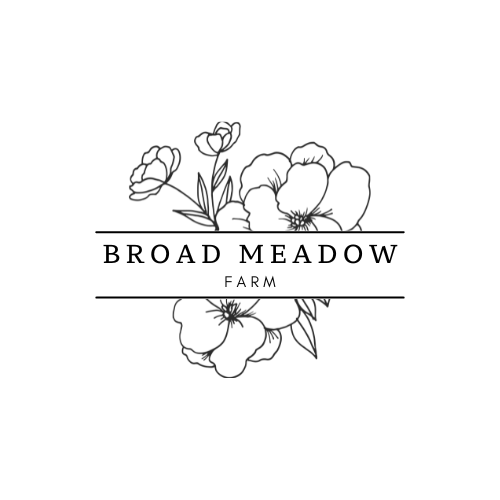6 Stunning Perennial Ornamental Grasses to Create Garden Interest
For the longest time I was hesitant to include grasses in my garden. My first experience with grasses in the garden was with Ribbon Grass. Super cool plant……but as aggressive as quack grass!
Its so much of a nuisance that I put it in my blog post about 9 Plants you should never grow!
I figured that if all grasses were like Ribbon grass and invasive, they were just too big of a headache to put into my garden.
I’m happy to tell you I’ve changed my mind! I’ve seen so many varieties in other gardens that are amazing and worth having in your garden, without having them take over! I have 2 so far in my garden and I can’t wait to try some more next spring!
Why should you add grass to your garden?
Interest
Putting grass into your landscape does a couple of things. It adds height to a garden that might otherwise not have height. It also gives a different texture.
Most plants are round shape and grass gives a linear shape. It’s different!
Having different shapes and types of leaves gives the eye something to settle on. If your garden is all the same shape, you tend to lose interest. But, when you give your eye something new to look at you start to see the whole garden differently.
Low Maintenance and Drought Tolerant
Grasses are also a great low-maintenance and drought-tolerant plant. While all plants need water, grasses need WAY less water.
This is especially important in a town where you’re paying for water. They will continue growing throughout the entire hot summer.
Winter Interest
When you live in a climate with a short growing season, you have to start thinking about planting for winter interest. Adding grass helps break up the winter landscape when all we see is frozen ground.
Leave your grasses tall when you’re doing your fall cleanup. Let them stand tall and blow in the wind during winter.
Time to try them out!
Calamagrostis x acutiflora ‘Karl Forester’
Karl Forester Grass in my fall garden
Height: 6’ or 1.8m
Width 24” or 60 cm. This means it will clump but not spread aggressively
Blooms in Jun and July
Grow in Full Sun to Part Shade
Canadian Zone 3
This is likely the one you’ll see the most often in Urban road ways. When we were at Montana’s restaurant this past month, they had it in the parking lot and around the outdoor sitting area. It makes a great screen!
I like Karl Forester because it seems to withstand the high winds in our yard and hasn’t had any issues with our hot dry summer.
Festuca glauca ‘Elijah Blue’ Fescue
Elijah Blue Fescue in my garden
Height 8” or 20 cm. Great for a rock garden or front border.
Width 12” or 30 cm
Blooms May to June
Grow in Full Sun or Part Shade
Canadian Zone 3
There are other Blue Fescues available. But this one seems to be the hardiest in my garden. I have almost no snow cover and have chinook winds and this one keeps coming back.
I like this one due to its petite appearance. I can see it lining a side walk up to a front door, or even in a rock garden.
Andropogon gerardii 'Rain Dance' - Big Bluestem Grass
Height 6’ or 150 cm tall
Width 36” or 90 cm
Grow in Full Sun
Blooms from August to September
Canadian Zone 3
This grass starts with green leaves that will get red highlights through the summer. Then it starts to turn deep red as fall begins.
Its seed heads are deep burgundy.
Keep this one in full sun to maximize its ability to turn red in the fall.
Helictotrichon sempervirens - Blue Oat Grass
Height 40” or 100 cm
Width 36” or 90 cm
Grow in Full Sun to Part Shade
Blooms Jun to August
Canadian Zone 3
This grass is similar in colour to the Elijah Blue Fescue, but with the added benefit of height!
While it can grow in part shade, keep it in the sun to help that blue to shine through.
Miscanthus sinensis 'Purpurascens' - Flame Grass
Height 60” or 150 cm
Width 36” or 90 cm
Grow in Full Sun to Part Shade
Blooms August to October
Canadian Zone 3
Leaves start green and as the season gets closer to Fall they will start to turn a copper bronze colour.
The seed heads are light coloured and almost silver.
It even has brick red stems!
Schizachyrium scoparium 'Prairie Blues' or ‘The Blues’
Height 32-40” or 80-100cm
Width 12-15” or 30-40 cm
Grow in Full Sun or Part Shade
Blooms in Late Summer
Canadian Zone 3
Foliage is blue, but will turn orange in the fall and will still look good during winter.
This is a slow grower in the spring. It likes warm weather to do its growing!
I hope these 6 types of grass will get you excited to try something new.
Happy Gardening!
Heidi Motz








